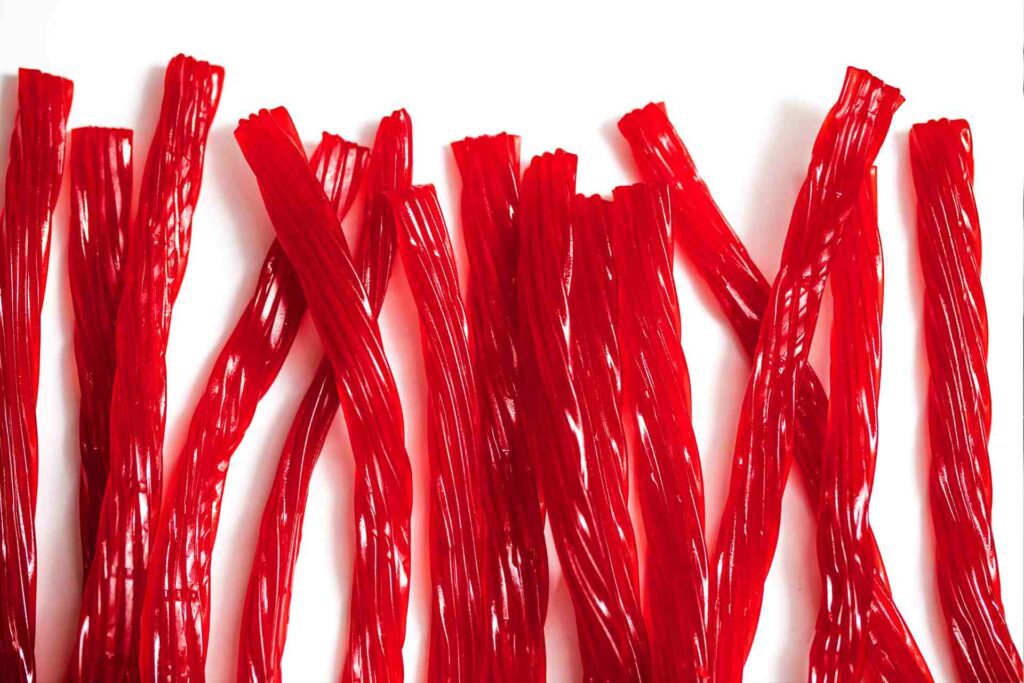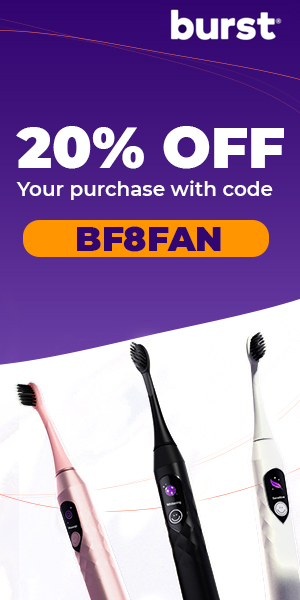Highlights:
- Start with soft foods like yogurt, smoothies (no straw), mashed potatoes, and soups for the first 24-48 hours.
- From days 3-5, add semi-soft foods like scrambled eggs, oatmeal, and soft pasta.
- By day 5, try soft solids like steamed veggies and crustless bread.
- Avoid crunchy, sticky, spicy, and hot foods, plus alcohol, smoking, and straws to prevent a dry socket.
- Stay hydrated (no straws), rinse gently with salt water, and rest to heal faster.
- Most return to a normal diet in 1-2 weeks, but listen to your body and check with your dentist if unsure.
Recovering from wisdom teeth removal? Eating the right foods can make a big difference in how you feel and how quickly you heal.
Quick Overview: Eat soft foods like yogurt, smoothies (without a straw), mashed potatoes, and soups for the first few days after wisdom teeth removal. Gradually add semi-soft foods like scrambled eggs, oatmeal, and soft pasta as you heal. Avoid crunchy, sticky, spicy, hot foods, alcohol, smoking, and using straws to prevent complications like a dry socket.
First 24-48 Hours: What Should You Eat Right After Surgery?
Your mouth might feel slightly tender and sensitive for the first couple of days after getting your wisdom teeth removed. The key is to avoid chewing and stick to foods that are soft, smooth, and easy to swallow.
Best Foods to Eat in the First 24-48 Hours:
- Smoothies (without seeds): Cool and soothing, but avoid using a drinking straw to prevent a dry socket.
- Broths and blended soups: Warm (not hot) soups like tomato or butternut squash provide nourishment without irritating the surgical site.
- Yogurt and pudding: Creamy, protein-rich options that require no chewing.
- Applesauce: Soft, naturally sweet, and gentle on healing tissues.
- Mashed potatoes: Soft, filling, and easy to eat—just make sure they’re lukewarm.

Tip: Always let food cool to a lukewarm or cool temperature. Hot foods can dislodge blood clots and slow the healing process.
Want to know what foods you can add after a few days? We’ll cover that next.
Days 3-5: When Can You Add More Foods?
By days three to five, you’ll likely start feeling better and can slowly introduce foods with a bit more texture. The goal is to keep everything soft and easy to chew while still being gentle on your healing mouth.
Foods to Try During Days 3-5:
- Scrambled eggs: Soft, easy to chew, and a great source of protein.
- Oatmeal or cream of wheat: Warm (not hot) options that are filling and gentle.
- Mashed bananas and avocados: Smooth, nutrient-rich, and easy to eat.
- Cottage cheese: Soft, creamy, and packed with calcium.
Listen to your body. If any food causes discomfort, stick to softer options for a bit longer and gradually reintroduce textured foods.
After Day 5: How Do You Transition Back to Normal Eating?
By Day 5, chewing should feel less awkward. This is your cue to gradually reintroduce soft, solid foods while still being gentle on your healing gums. Start with:
- Soft pasta or noodles: Cook until very tender—think overcooked rather than al dente.
- Steamed veggies: Make sure they’re soft enough to mash easily with a fork.
- Soft bread (without crusts): Gentle on your gums and simple to chew.
Avoid crunchy, chewy, or sticky foods at this stage, as they can irritate the extraction site and delay healing.
What Foods and Habits Should You Avoid?
Certain foods and actions can slow healing or even cause complications after an extraction. Being mindful of what you eat and do during recovery is key to preventing discomfort and setbacks.
Hard or crunchy foods—like chips, nuts, and popcorn—should be avoided. These can easily get lodged in the extraction site or irritate healing tissues, potentially causing pain or infection.
Sticky or chewy treats, including candy, gum, and tough meats, pose another risk. They can pull at the surgical site or disrupt blood clots forming, which are crucial for proper healing.

You’ll also want to stay away from spicy and acidic foods. These can sting and irritate sensitive tissues, making recovery more uncomfortable.
Hot foods and drinks are another concern. They can dissolve the protective blood clot that forms over the extraction site, increasing the risk of dry socket—a painful complication you definitely want to avoid.
Speaking of suction, using straws is off-limits during recovery. The suction motion can dislodge the clot, delaying healing and causing unnecessary pain.
Lastly, it might be a good opportunity to quit smoking and limit alcohol. Both habits slow down the healing process and increase the risk of infection, making recovery longer and more complicated.
Here is a quick summary of what to avoid after wisdom teeth removal:
- Hard or crunchy foods
- Sticky or chewy treats
- Spicy and acidic foods
- Hot foods and drinks
- Using straws
- Smoking and alcohol
Recovery Tips for a Smooth Healing Process

A few easy habits can make a big difference in how fast and comfortably you heal. Here’s how to support a smooth recovery:
Stay hydrated: Sip water regularly to stay hydrated, but avoid straws, as the suction can dislodge the healing blood clot.
Keep your mouth clean: After meals, gently rinse with warm salt water to keep the area clean and reduce the risk of infection. Avoid vigorous swishing, which can irritate the extraction site.
Don’t rush solid foods: Introduce solid foods at your own pace. Listen to your body and stick to softer options until chewing feels comfortable.
Get plenty of rest: Healing takes energy, so give yourself time to rest and dodge strenuous activities during the first few days.
These tips can help speed up recovery while minimizing discomfort and complications. Let me know if you’d like a quick summary of this section, too!
Key Takeaways
- Start with soft foods and move to semi-soft options after a few days.
- Avoid anything crunchy, sticky, spicy, or hot until fully healed.
- Stay hydrated, rest, and follow your dentist’s instructions.
- If you notice unusual pain or swelling, call your dentist right away.
Recovering from wisdom teeth removal doesn’t have to be a pain (pun intended). By following this guide and listening to your body, you’ll be back to enjoying your favorite meals in no time!
Still have questions? Schedule a consultation with your dentist! Follow us on social media at @joycethedentist for more oral health tips!
FAQ
How long after wisdom teeth can you eat normally?
Most people can return to a normal diet after about one to two weeks.
How to avoid a dry socket?
Avoid straws, smoking, vigorous rinsing, and hard or sticky foods; follow your dentist’s aftercare instructions.
Can I eat pizza 72 hours after wisdom teeth removal?
It’s best to wait until at least one week, as pizza crust can be too hard and irritating.
When is a dry socket no longer a risk?
The risk typically decreases after 5 to 7 days.
Can I eat pasta 7 days after wisdom teeth removal?
Yes, as long as it’s soft and easy to chew.
When can I stop worrying about food getting stuck in wisdom teeth holes?
It usually takes about 3 to 4 weeks for the extraction site to close enough to reduce this risk.
How do you speed up wisdom teeth recovery?
Stay hydrated, rest, eat soft foods, avoid smoking and straws, and keep your mouth clean with gentle saltwater rinses.





















